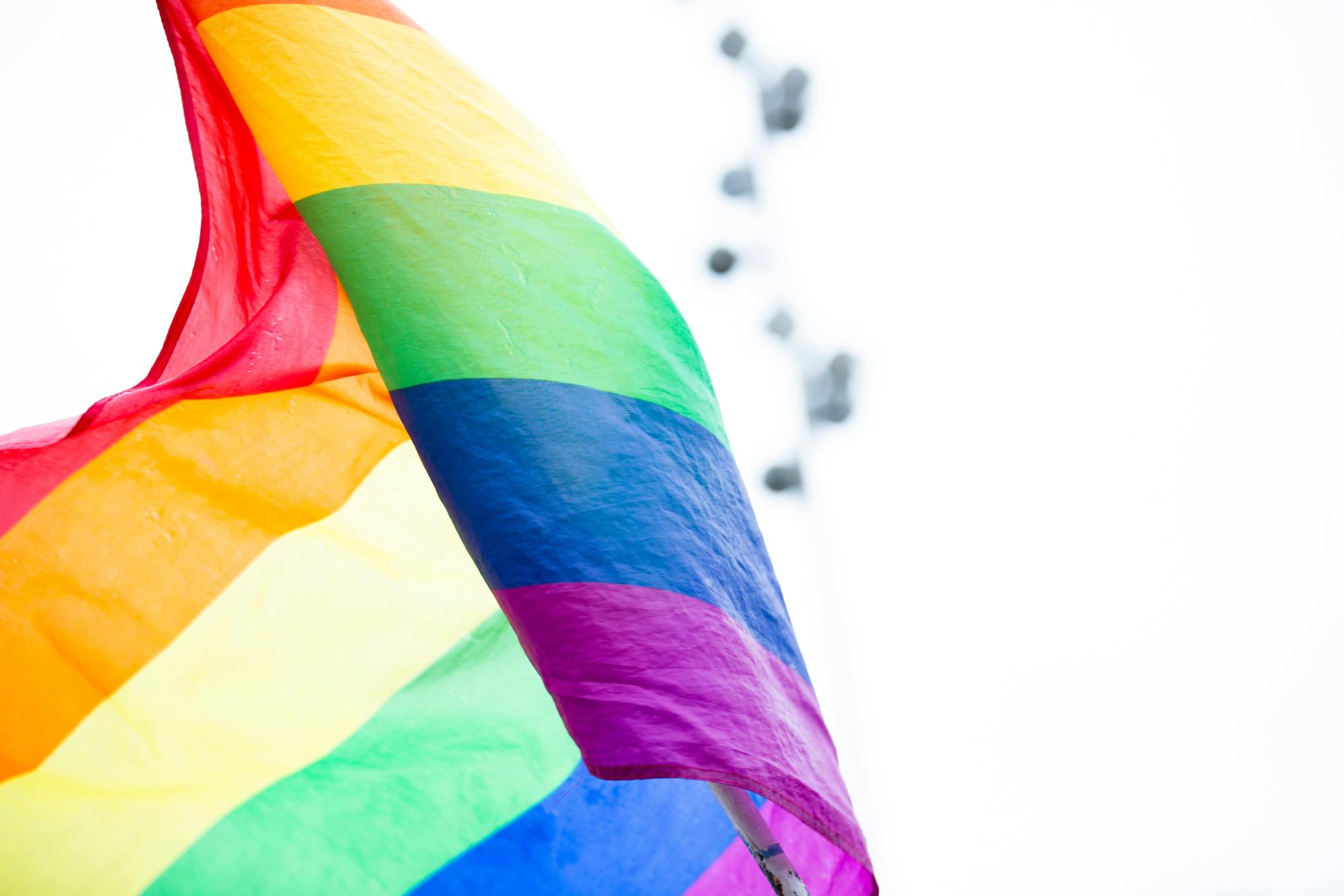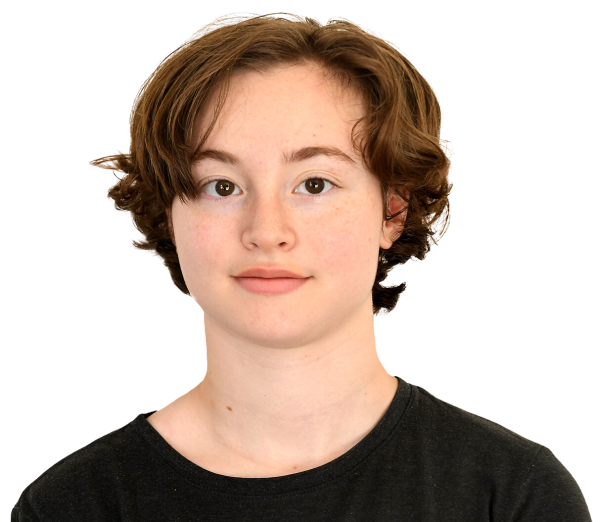TRUTH MATTERS… Donate to support excellence in student journalism
There is no doubt that there are divisions within the LGBTQ+ community.
This could be through race, gender, religion, age or any possible differences that separate one group of people from another.
After all, the LGBTQ+ community is diverse, not a monolithic entity with a single mindset.
Being gay does not prevent bigotry even towards fellow community members. An early example is Henry Willson, a gay talent agent from the 1950s who preyed on young gay men, micromanaging their careers and dictating their public personas.
The idea of an acceptable level of gayness persists today. Jay Styler is a gay man who was judged by other gay men at a pride event for wearing makeup, being referred to as “too gay”.
This phenomenon is known as internalized homophobia.
Planned Parenthood defines those with internalized homophobia as people who are homophobic while experiencing same-sex attraction themselves.
The LA LGBT Center characterizes this as “holding themselves back from living life to their full potential” or acting “in ways that reinforce the stereotypes and are ultimately self defeating.”
Concealing a person’s true sexuality can lead to harrowing consequences, such as entering a sham marriage and hiding genuine feelings.
A self-conscious gay man might surround himself with only straight cisgender people, distancing himself from other gay people.
This reasoning stems from rhetoric that characterizes LGBTQ+ individuals as predatory, idiotic and self-absorbed. Signs declaring harmful messages like “homosexuals are possessed by demons” are common sights at anti-LGBT protests.
With all this hate, it’s understandable that someone might think, “I’m gay and not like that, so I must be one of the good ones.”
Internalized homophobia is intersectional, often fueled by other forms of bigotry, such as misogyny.
Feminine gay men tend to be more often and extremely ostracized compared to their masculine counterparts.
Some queer individuals adhere to gender stereotypes and ridicule those who challenge them. Typically, the targets are younger people with dyed hair who openly display their pride, as well as men who present more femininely.
There is a disdain, whether conscious or not for nonconformity and femininity. The fear of the unfamiliar perpetuates patriarchal notions ingrained since birth.
Weakness and irrationality are often unfairly associated with femininity, leading to the stereotype that feminine individuals are weak and irrational.
This stereotype is baseless yet it contributes to the stronghold of internalized homophobia within the gay male community.
Lesbians and other queer women experience internalized homophobia differently, often through misogyny, but in different ways. They face constant sexualization, which may discourage them from pursuing sexual or romantic relationships.
They may feel ashamed of their relationships with other women, viewing them as fetishes rather than genuine orientations. This mindset echoes the stereotype that queer women are “just going through a phase.”
A sharp division exists between gay men and lesbians, highlighted by designated gay bars and lesbian bars. While these social groupings may stem from a desire to interact with similar individuals, they still contribute to a spirit of division.
The reality is that homophobia exists within the queer community.
When queer individuals are threatened by harmful stereotypes and judgments from within their own community, it perpetuates a cycle of harm and distrust.
Internalized homophobia, like homophobia itself, has no place in a functional society and must be addressed openly.
This article originally appeared in the Fall 2024 print edition.




